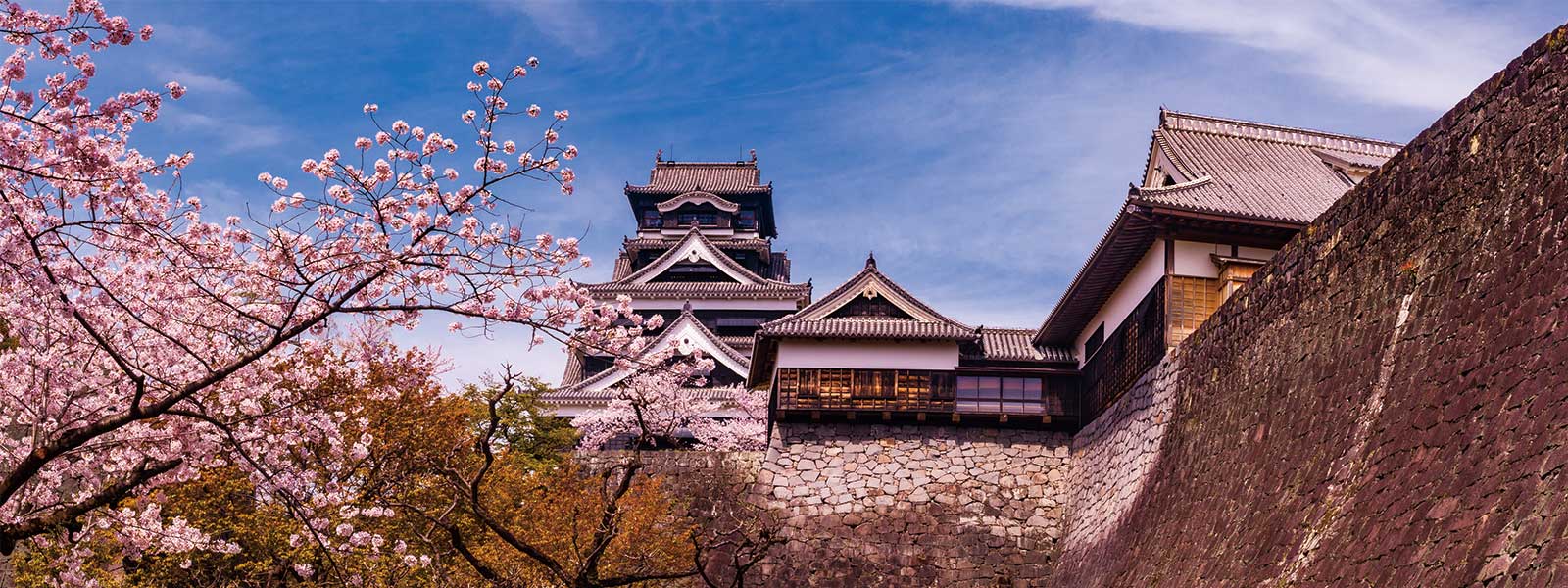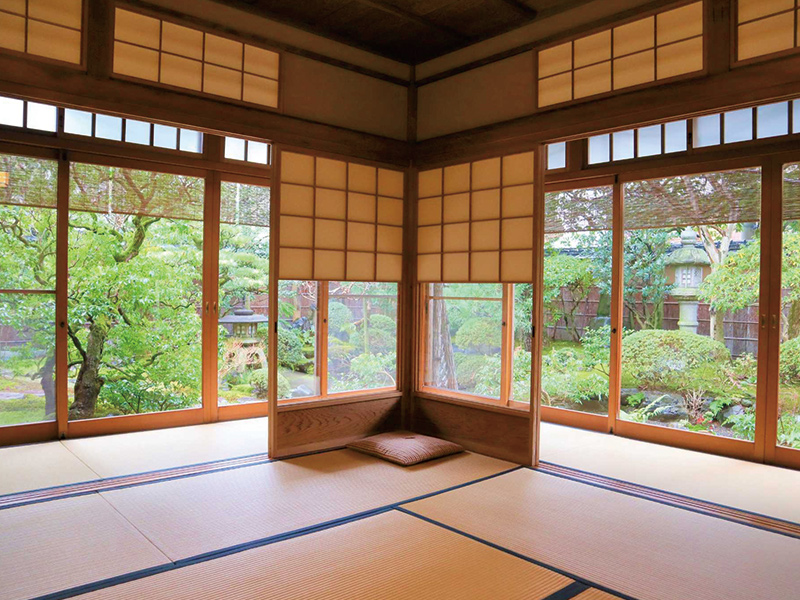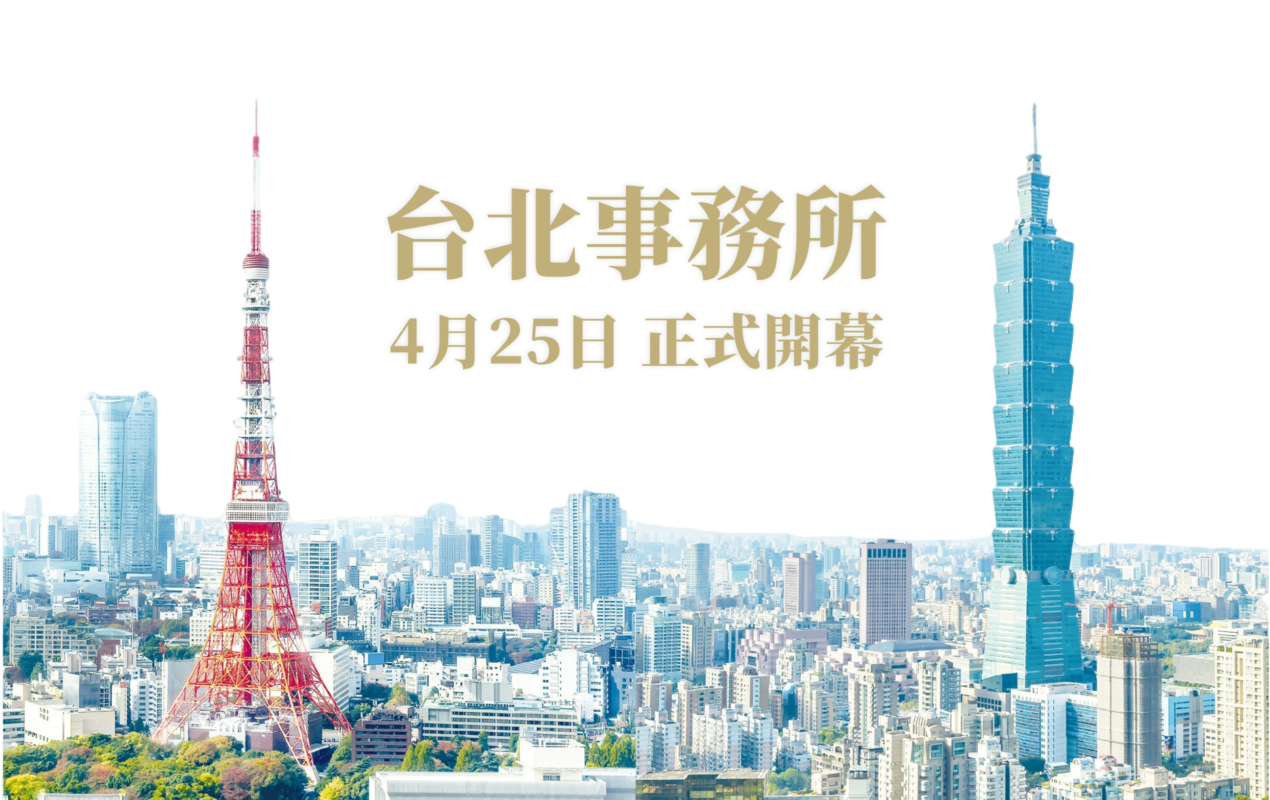Exploring from the Perspectives of History, Tourism, and the Real Estate Market
Throughout the world, historical castles are scattered and hold value as both real estate and tourist attractions. While ancient castles in Europe are repurposed into luxury hotels and cultural facilities, how are Japan's castles evaluated?
The presence of a castle does not necessarily mean "high land value," as market evaluations can vary due to cultural preservation and urban development constraints. This article will explore the real estate value of castle ruins by considering historical backgrounds, impacts as tourist resources, and international comparisons.
1. Characteristics of Land Where Japanese Castles Stand
Strategic Nature of Terrain and Location
Castles were originally built as military bases, and their locations were strategically chosen.
• Mountain Castles (e.g., Bitchu Matsuyama Castle): Built at high elevations, they excel in defense but are challenging to develop in modern times.
• Plains Castles (e.g., Osaka Castle): Located at transportation hubs, they promoted the development of castle towns and continue to function as urban centers today.
• Water Castles (e.g., Matsue Castle): Utilized rivers and lakes to achieve both defense and commercial viability.
This strategic use of terrain is common with castles in Europe as well. For example, the Castle of Carcassonne in France and Hohenzollern Castle in Germany also leverage their locations for defense. Conversely, castles like the Tower of London and the Palace of Versailles, which became political and administrative centers, have significantly influenced urban development.
Remnants of Castle Towns and Urban Development
Japanese castle towns were developed during the Edo period and many have evolved into major modern cities.
• Nagoya (Nagoya Castle)
• Osaka (Osaka Castle)
• Kumamoto (Kumamoto Castle)
Similarly, cities like Edinburgh (Scotland) and Prague (Czech Republic) have developed around their castles, achieving success in both tourism and economic sectors.
The presence of castle ruins as urban landmarks tends to maintain the value of the land.
France: Carcassonne Castle
Kumamoto Castle
2. Castles and Tourist Resources: Impact on Local Economies
Value as Tourist Destinations
Japanese castles attract both domestic and international tourists, contributing to the local economy.
• Himeji Castle (World Heritage Site): Attracts over 2 million visitors annually, revitalizing nearby hotels and restaurants.
• Matsumoto Castle (National Treasure): Experiences high inbound demand, leading to an increase in the overall value of the castle town.
This phenomenon is also observed in Europe.
• Mont Saint-Michel (France): Welcomes over 3 million visitors each year, raising surrounding real estate values.
• Neuschwanstein Castle (Germany): High tourist demand drives the development of hotels and commercial facilities.
The strong demand for tourism affects property prices in the surrounding areas, creating sustainable value.
Balancing Castle Ruins and Development
Castle ruins hold value as tourist resources, but development can be restricted from the perspective of cultural heritage protection.
• Edo Castle Ruins (Imperial Palace): One of the most valuable pieces of real estate in Japan, yet development is not possible.
• Takamatsu Castle Ruins (Tamao Park): Development of commercial facilities is challenging due to landscape protection.
In Europe, there are also strict development restrictions, as seen with the Palace of Versailles (France) and Windsor Castle (England). Conversely, there are examples like Prague Castle (Czech Republic), where parts are utilized for commercial facilities and museums.
3. Evaluation of Castle Ruins in the Real Estate Market
Trends in Land Prices and Market Evaluation
The real estate value of castle ruins is influenced by their status as tourist resources and urban planning.
• Former Castle Towns in Kyoto and Kanazawa: Brand value is maintained through landscape protection, making them popular high-priced residential areas.
• Around Hirosaki Castle: Known for cherry blossoms, it has seasonal appeal, but year-round tourist demand is limited.
This is also a common trend in European cities.
• Around the Tower of London (England): Urban development is progressing, leading to rising real estate values.
• Around Heidelberg Castle (Germany): Maintains historical value while being popular as a high-end residential area.
Conversely, in areas where development is stagnant around castle ruins, real estate values may also stagnate.
4. Case Studies: Successes and Challenges
Successes
• Around Nagoya Castle (Japan): Redevelopment of Nagoya Station has enhanced its value as a commercial and business area.
• Around Edinburgh Castle (Scotland): The influence of its World Heritage status has led to the development of the tourism industry, increasing the value of hotels and restaurants.
Challenges
• Takamatsu Castle Ruins (Japan): Strict development restrictions due to cultural heritage protection make real estate utilization difficult.
• Schwerin Castle (Germany): Underutilized as a tourist resource, resulting in limited economic impact.
5. Summary: The Value of Castles Changes Over Time
Once military bases, castles have changed their roles over time and are now valued as tourist resources and elements of urban development.
While Japanese castle ruins hold historical and cultural value, their real estate value is not uniform due to development restrictions and the influence of tourism demand.
Compared to European castles, Japan's castles are still underutilized as tourist resources, and their value could significantly change depending on future urban development and tourism strategies. The question of how to utilize land with castles as future assets, rather than merely as remnants of the past, will become crucial in the real estate market moving forward.












